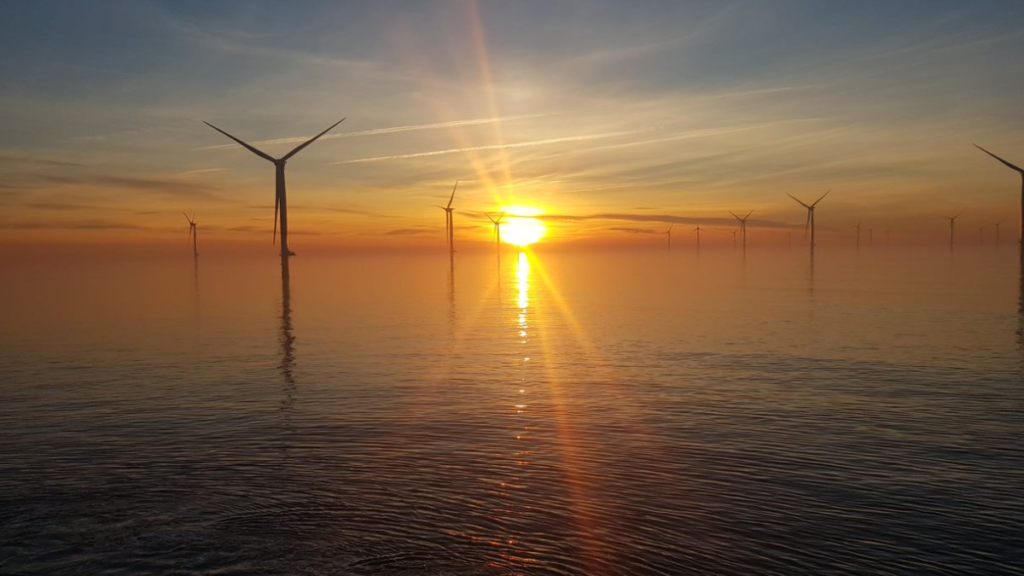News
How will US wind power overcome the industry’s challenges?
General strategy and supply chain, the evolution of IRA, and building a bipartisan future for the wind power industry were the top three topics discussed during the CLEANPOWER 2023 event. The common dominator: the shortage of skilled workforce.

We spent the last week of May on CLEANPOWER 2023. We met with several customers and learned about the wind power challenges in the country. With the first large-scale offshore project in the US just starting, there is an expectation of growth in the air. Key industry players believe that we will face, in the upcoming years, a boom in the American offshore wind sector.
However, with that growth comes several challenges. At the CLEANPOWER 2023 event, it was notorious that change is needed to overcome the challenges and issues that the industry is facing. The main topics were related to general strategy and supply chain, the evolution of the IRA, and building a bipartisan future for the industry.
The top three topics of the US wind power right now
1. Supply chain issues
As global demand increases, it is putting a strain on the supply chain. The COVID-19 pandemic and the armed conflict between Russia and Ukraine are still affecting the industry. These events are still causing shortages of main components stock. As wind turbines keep getting bigger, their transportation can be challenging. There is a need to think of solutions to facilitate wind turbine logistics. Otherwise, this can lead to greater disruptions in the supply of components and materials. Overall, this will result in a negative impact on the wind power industry, including:
- Increased costs: Due to logistics and shortage difficulties, the price of wind turbines and components will increase even more.
- Uncertainty: The uncertainty revolving around the supply chain is making it difficult to plan for the future as well as attract investment to the industry.
- Labor shortages: As pointed out last year, there is a lack of skilled technicians in the US, especially with experience working offshore.
2. The Inflation Reduction Act (IRA)
The Inflation Reduction Act (IRA) of 2022 is expected to have a positive impact on the industry. That included measures such as:
- Extension of the production tax credit (PTC).
- Increased investment tax credit (ITC).
- Opening of new areas for development.
In time, IRA will make the wind power industry more competitive and accelerate its growth. It will open wind power to new areas of development and create new opportunities, some of them being:
- Research and development: Increase funding for research and development of new wind technologies, improving their efficiency and cost-effectiveness.
- Workforce development: Support workforce development programs to help train workers for wind industry jobs. That will help to address the shortage of skilled manpower in the industry.
- International cooperation: Promote international cooperation on wind power development, expanding the market and reducing the cost of wind turbines.
3. Bipartisan Infrastructure Law (BIL)
We expect that the Bipartisan Infrastructure Law (BIL) will have a positive impact on the US power industry. It will result in investment in transmission, research and development, tax credits, and workforce development.
Once again, this law, approved by the Biden Administration, is aiming to accelerate the growth of the wind power industry. Consequently, the industry is hoping that it can help solve some of its challenges. Their measures are very similar to IRA, focussing on the research and development of new technologies and supporting workforce development programs. However, it will add:
- Offshore wind: Funding for research and development of offshore wind technologies for more cost-competitive models, and to meet the growing demand.
It’s clear that the growth of the wind power industry is a priority for the United States, especially for the Biden Administration. However, there are still a lot of unsolved issues to unblock its boom. Some necessary steps were already given in that direction if the Government really aims to achieve net-zero greenhouse gas emissions by 2050.
In the top three topics discussed during CLEANPOWER 2023, the common dominator was always the shortage of skilled workforce and how to overcome that challenge. For quite some time, Endiprev has been preparing to solve that issue and rely more on the local workforce.
In 2020, during the COVID-19 pandemic, we had our first 100% American team working offshore. Since last year, we have been joining forces with other subsidiaries in the group and allocating American technicians to offshore wind projects in Europe to give them the experience lacking in the workforce in the US. That is how Endiprev is contributing to the growth of the wind power industry in the US and overcoming some of its challenges.
